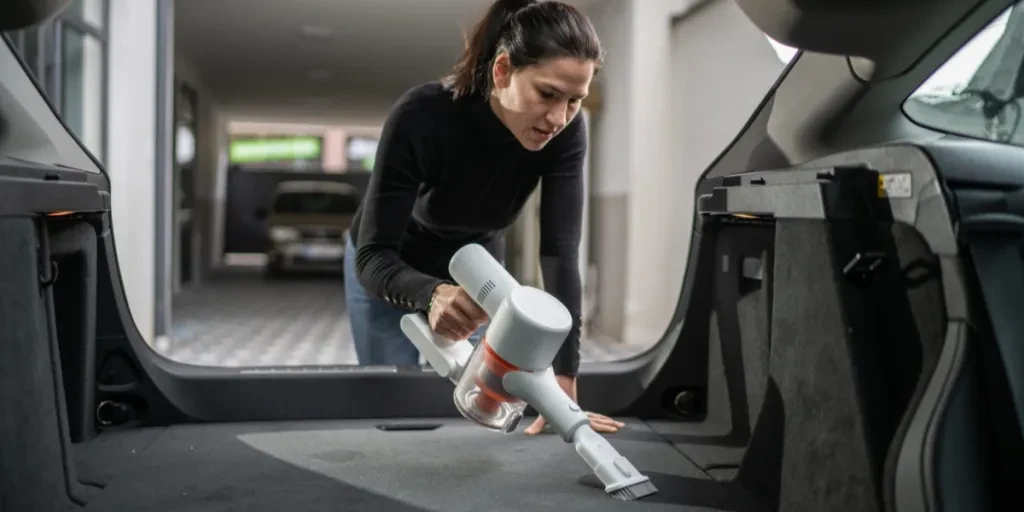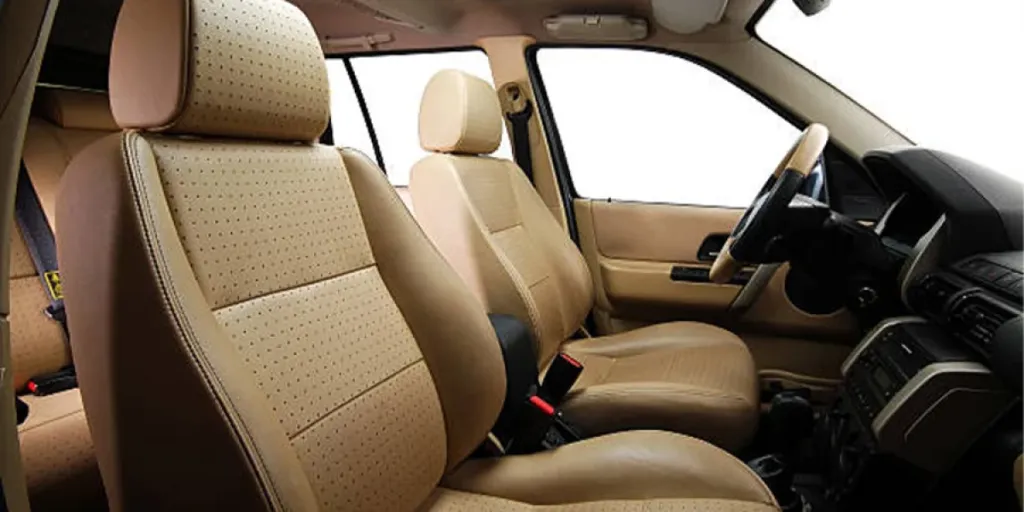When you look at an online store packed with handheld vacuum cleaners, you’ll see different models promising things like “high power,” “easy handling,” and “extra attachments.” While these sound great, you may be wondering which ones are actually useful. And that’s also what customers will ask when they visit (or browse) your store.
Before retailers start stocking car vacuums, they should keep a few things in mind. This article will explore everything one should know before adding these devices to your store’s catalog in 2025.
Table of Contents
What to consider when choosing car vacuum cleaners
1. Corded or cordless?
2. Suction power
3. Size and weight
4. Battery life (if it’s cordless) and charging method
5. Filtration
6. Checking noise levels
7. Dust capacity and how it empties
8. Attachments, accessories, and extra perks
Marketing and display tips
Wrapping up
What to consider when choosing car vacuum cleaners
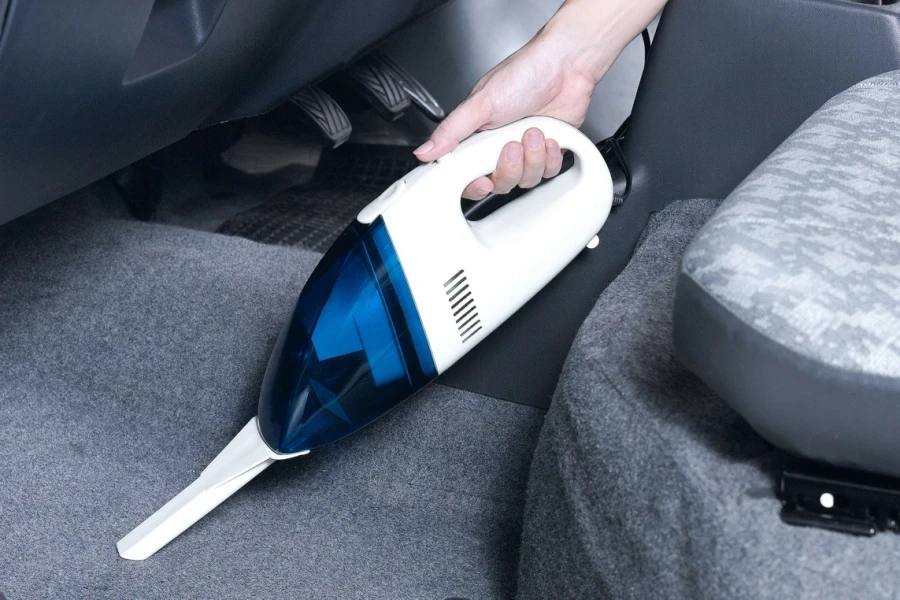
1. Corded or cordless?
One of the drivers’ first big choices is whether they want a model plugging into the cigarette lighter or a cordless one they can recharge. Here are the differences that may make consumers choose one over the other:
- Corded vacuum cleaners are often less expensive, and consumers won’t worry about battery life. However, they’re stuck to a power socket, so users may want a more comfortable cord length.
- Conversely, cordless models are ultra-portable, which people love for nooks and crannies. The downside is the limited battery life and potentially smaller dust bins.
Usually, people who need quick tidying sessions in random parking lots choose cordless. Those who plan “big clean” days in their driveway might be perfectly fine with a cord. So, it’s better to stock both to attract both types of consumers.
2. Suction power
Every brand under the sun slaps a “high suction power” claim somewhere on the box. But not all of them define what “high” means. Usually, most manufacturers show wattage (like 70W or 100W) or suction pressure (maybe 4000 Pa or 5000 Pa). Higher is generally better, but it’s also about how well the vacuum translates that power into picking up crumbs, pet hair, or pesky beach sand.
If retailers choose a range of vacuums, testing them physically is a good idea. They can order a sample and do a little “dust demo.” If the demo is good enough, they can let consumers try the vacuum out in-store or give them reliable test data. Shoppers appreciate a store that can say, “Yes, we tried this model ourselves, and it lifts dirt from under the pedals.”
3. Size and weight
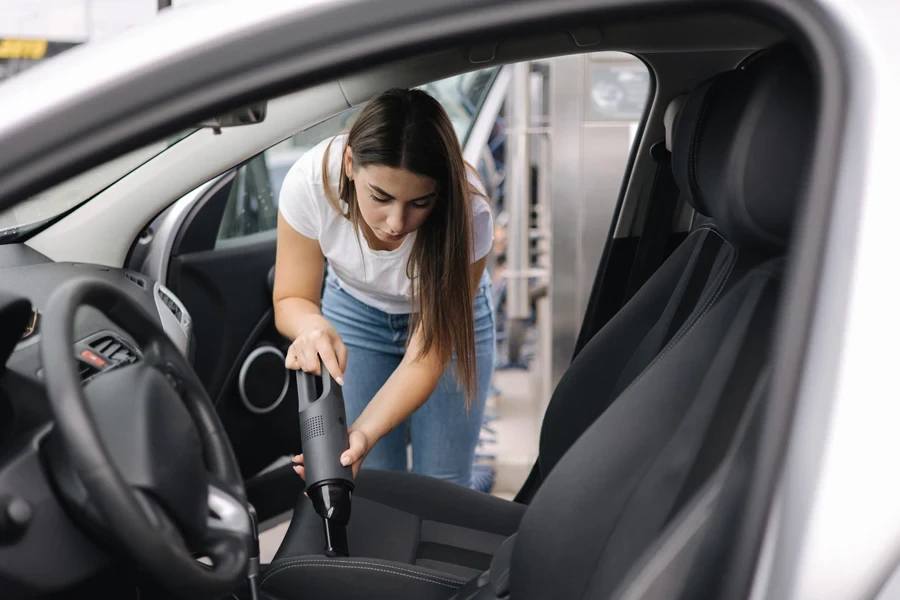
Car vacuums must fit in tight spaces (between seats, under the pedals, and along the door compartments) and shouldn’t be so heavy that the user’s arm gets tired. Even if a bulky handheld vacuum boasts the best power and suction, consumers may abandon it after two uses.
For this reason, it’s better to look for something in the 1–2 pound range (about 0.5–1 kg). Focus on models that include attachments (like a slim nozzle or brush tip) for specialized tasks. Many shoppers won’t realize they need those tools until they see them in the store or product description.
4. Battery life (if it’s cordless) and charging method
Not all cordless car vacuums are created equal. Some only last 10 minutes on a single charge, which might barely cover the front seats. Others can go 15 or 30 minutes, enough for a more thorough job. Beyond that, retailers must also consider how long it will take consumers to get a full charge.
Some models take two hours to recharge, while others take four or more. This is worth mentioning to buyers who expect instant readiness. Additionally, retailers should check whether the charger has a USB cord or a typical AC adapter or can charge via the car’s 12V port.
Note: Flexible options are always a nice bonus. Many find it handy to plug into their phone charger or a standard USB port. If you carry a model like that, shout it out—it’s a strong selling point.
5. Filtration
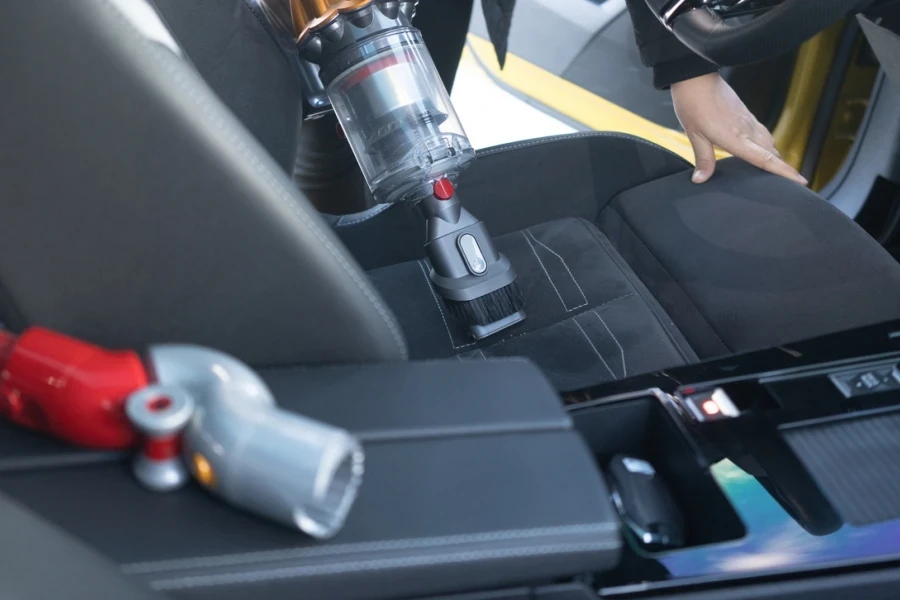
Filtration is an under-the-radar feature. Consumers with allergies or sensitive lungs will care if the vacuum has a decent filter (like a HEPA filter) or a simple mesh design. For customers who ask about dust or pollen, it’s worth stocking at least one model that offers better filtration. A removable, washable filter is also a crowd-pleaser since nobody wants to replace expensive filters monthly.
6. Checking noise levels
Some handheld vacuums sound like miniature jet engines. That might be okay for a quick three-minute clean, but for anyone living in apartments or who hates loud whirring, quieter motors could be what attracts them to buy. So, check if manufacturers provide decibel ratings. The sweet spot for the device’s max noise level should be between 83 to 115 dba (most models offer 88-89 dba)—just give customers a heads-up if the vacuum is especially noisy.
7. Dust capacity and how it empties

Car vacuums aren’t huge, so they typically hold anywhere from 0.1 to 0.5 liters of debris (though some can go up to 1.8 liters). That’s usually fine, as long as it is simple to empty; nobody wants to wrestle with a complicated latch while dust spills all over the seat (which defeats the purpose of the vacuum cleaner).
Another way to attract consumers’ attention is to sell a vacuum with a quick-release button that opens the container. Retailers might even show a quick demonstration in person or through video: “Just pop the lid, dump the dirt, and snap it back on.” Those little details can win over hesitant customers.
8. Attachments, accessories, and extra perks
Does the vacuum have an extra-long crevice tool or a soft brush for leather upholstery? Or a carrying pouch for neat storage? Customers love accessories that make cleaning simpler. Some premium packages even include extra filters, which can extend product life and reduce future costs. If you’re in an online space, show photos of each attachment and explain how it helps.
Marketing and display tips
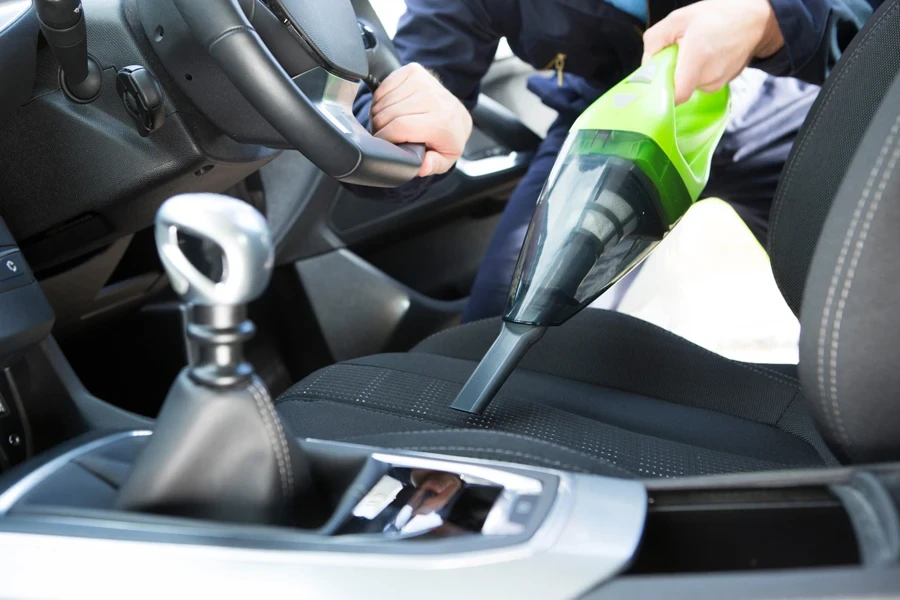
If you have a physical storefront, place car vacuum cleaners near the automotive accessories or the checkout line. That area often attracts impulse buys. But for online stores, you’ll need clarity. Be sure to show multiple angles, list battery life and suction power in bullet points, and maybe include a short video demonstrating how it works in a typical car. It’s even better if you can gather real customer reviews.
Wrapping up
When deciding which car vacuum cleaners to stock, put yourself in a driver’s shoes. Which features would genuinely matter? For some, it’s the strong suction in a cordless design; for others, it’s the convenience of a corded vacuum that can power up anytime without worrying about batteries. If you cover a range of preferences (price points, attachments, battery vs. corded, ease of emptying), satisfying your target audience will be easier to achieve, whether that’s neat-freak parents or weekend cleaners.
